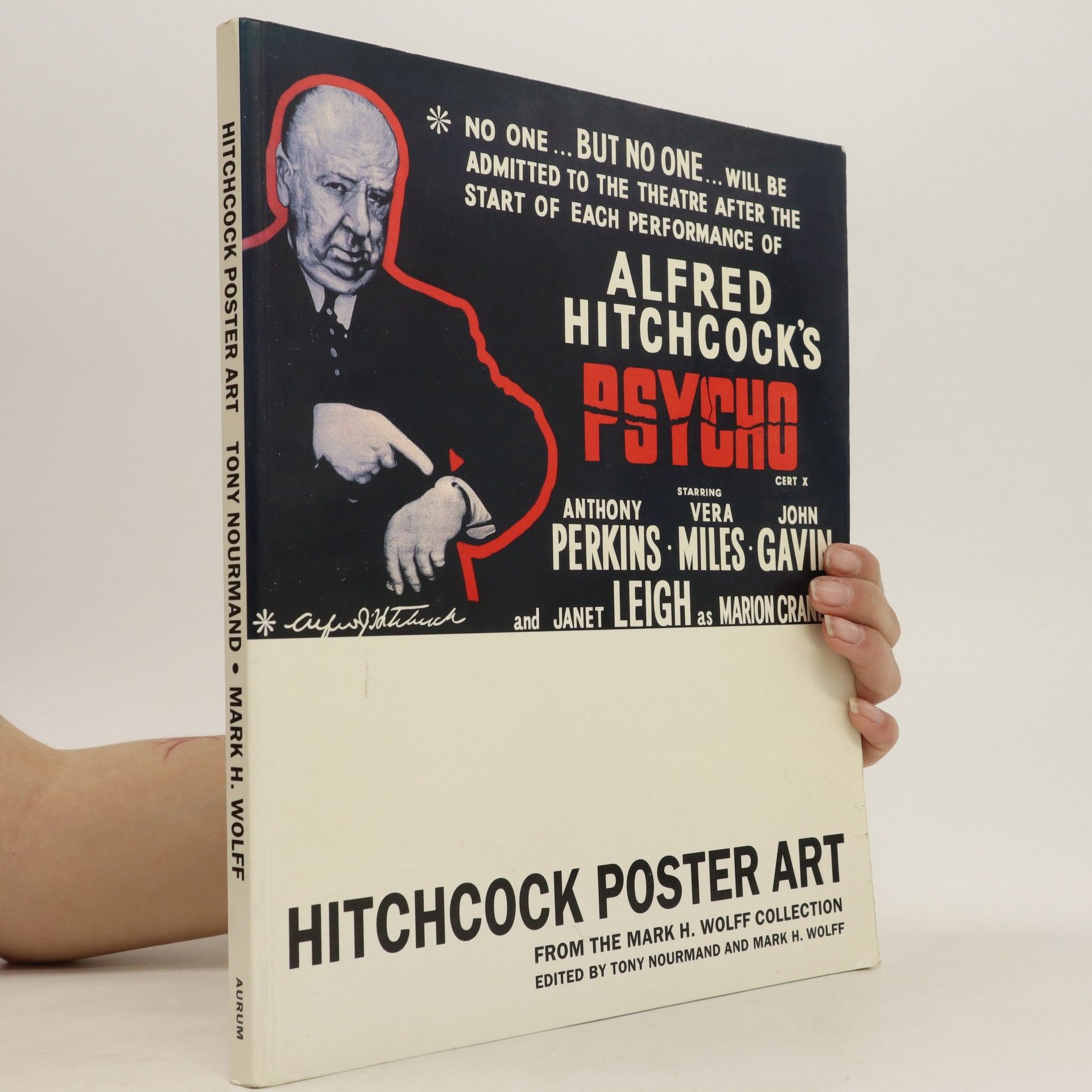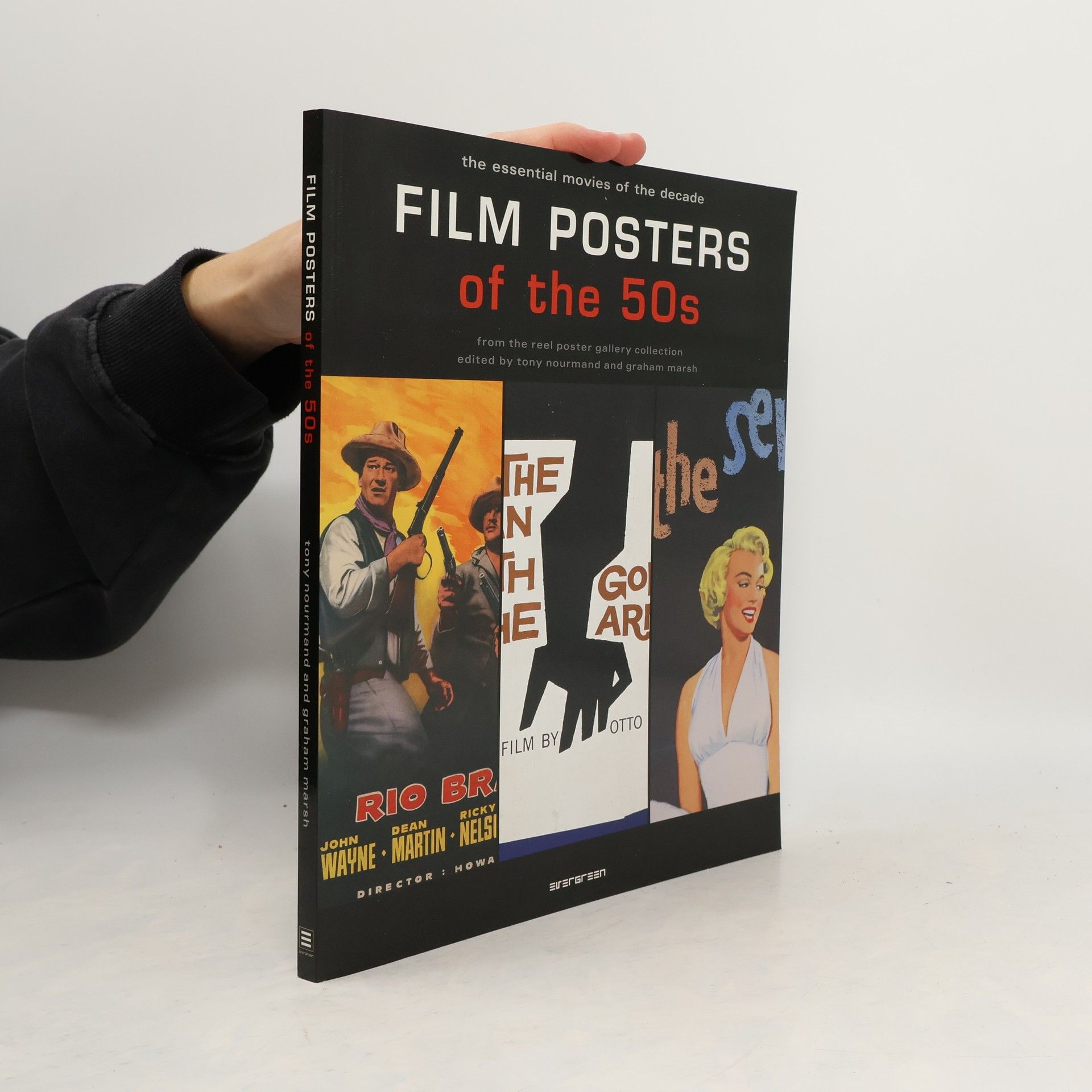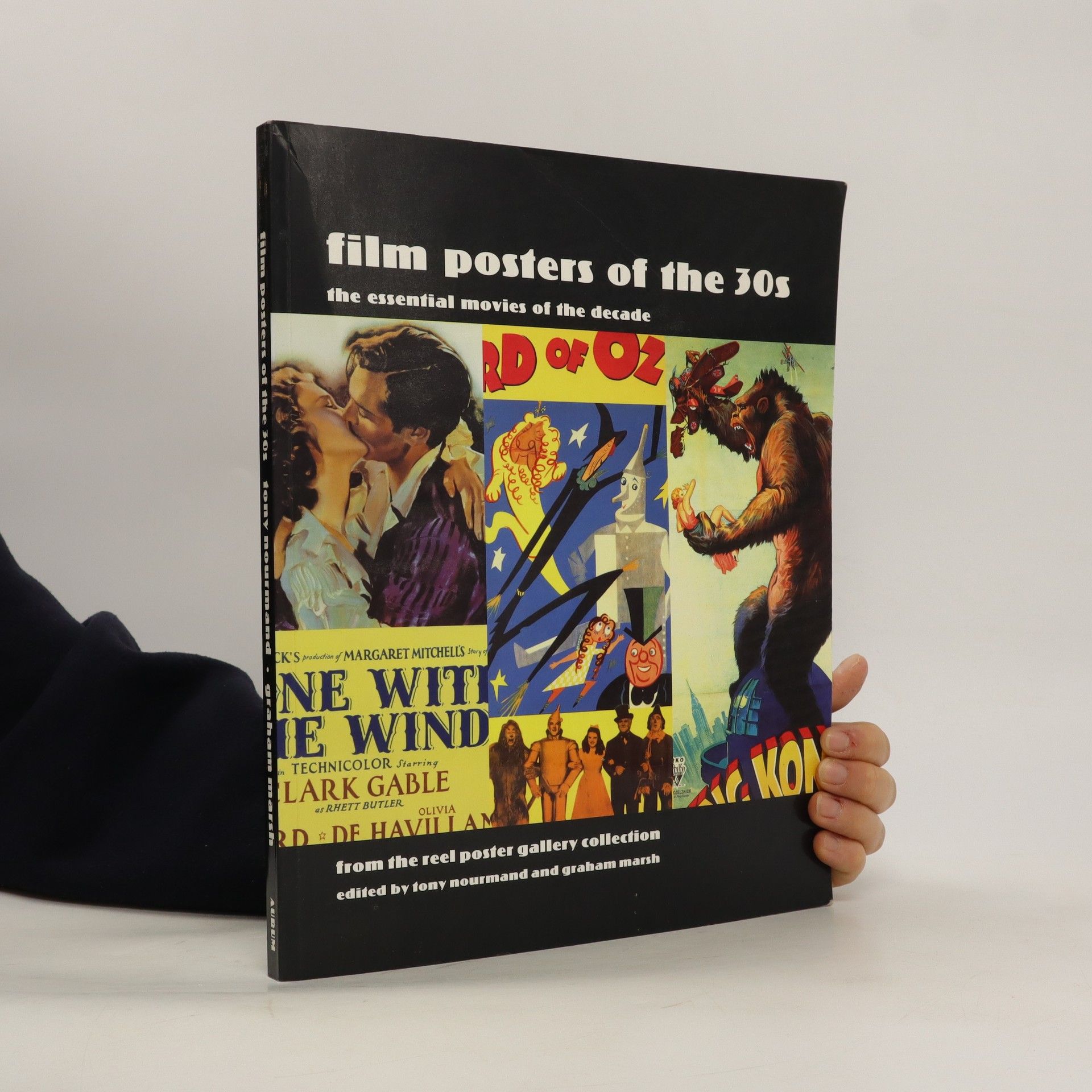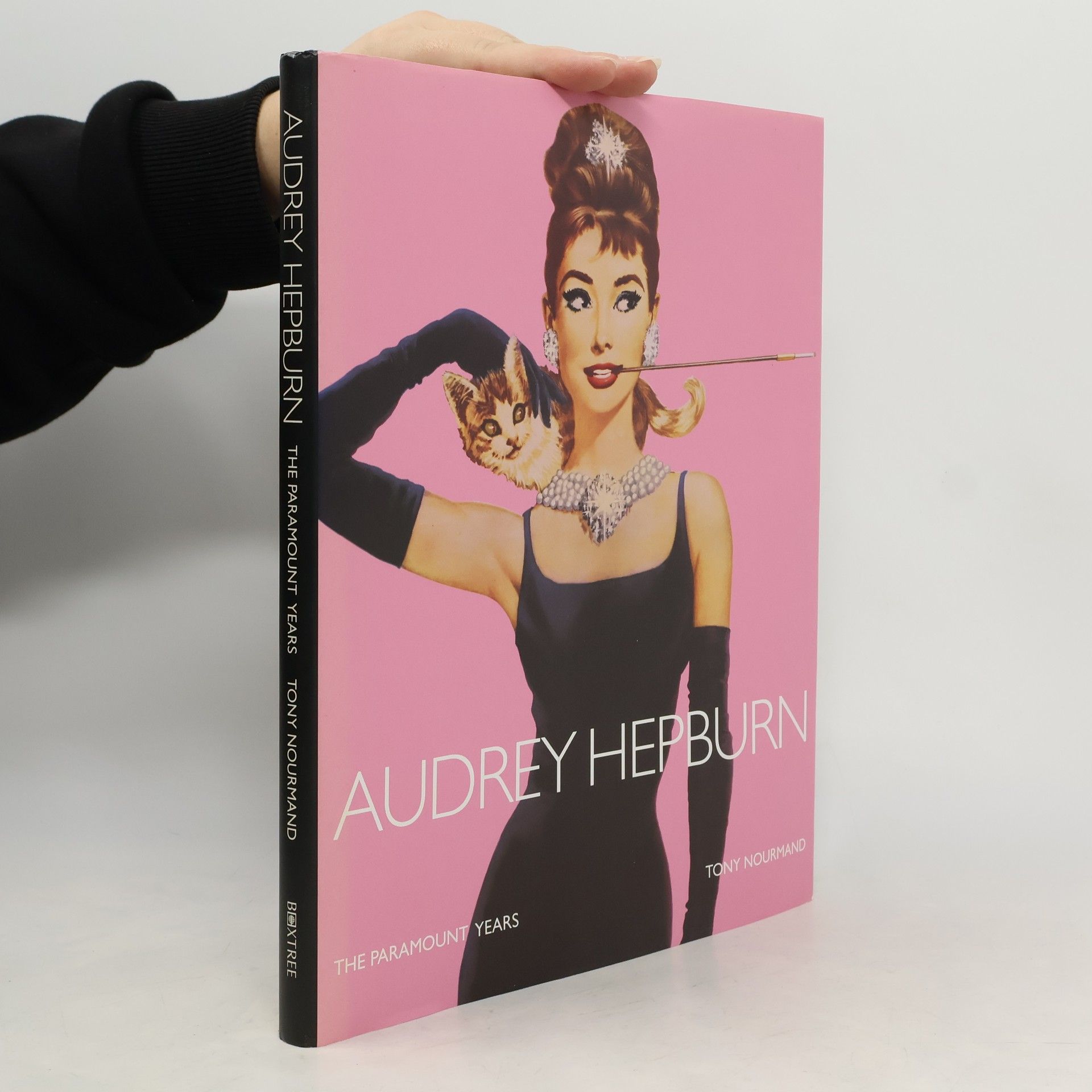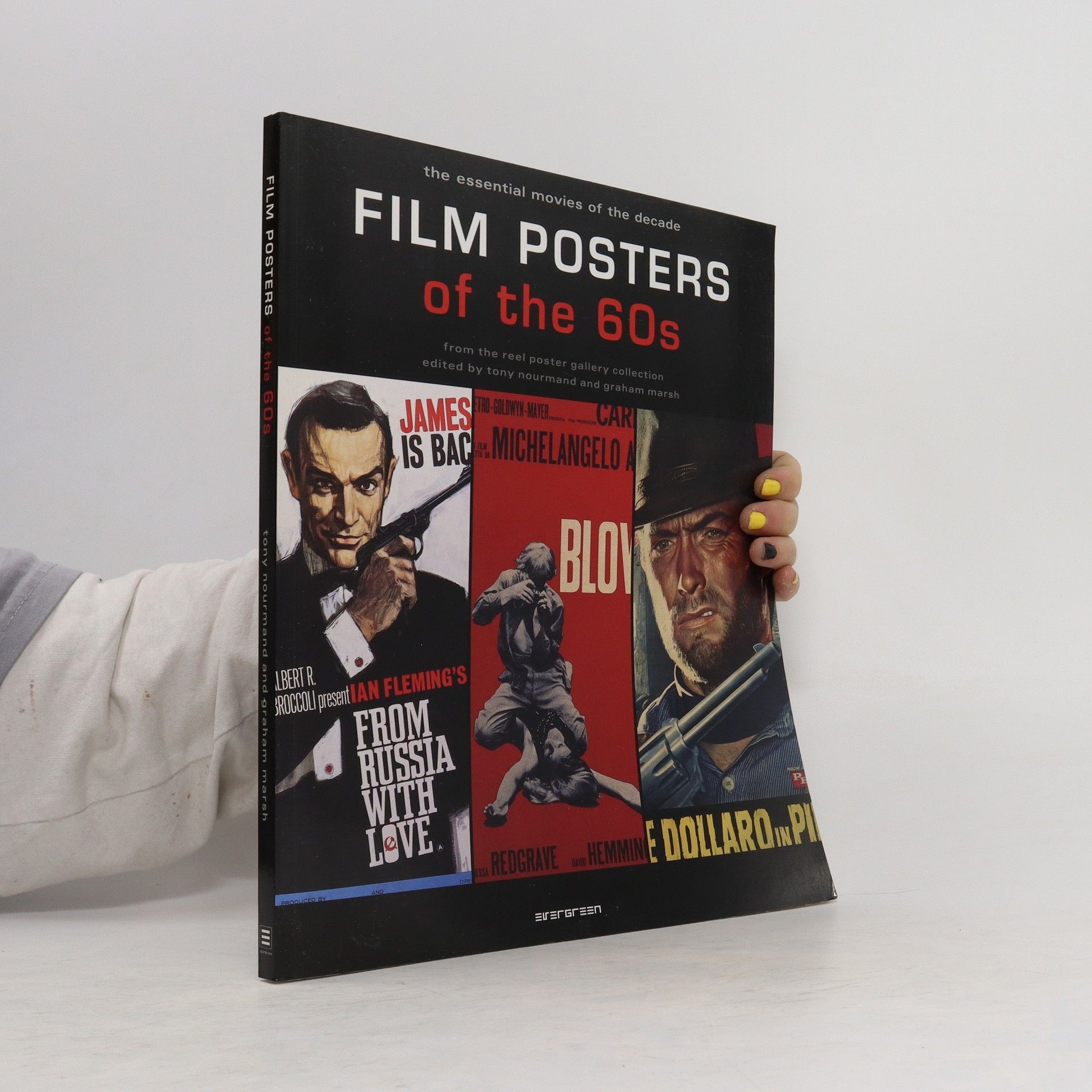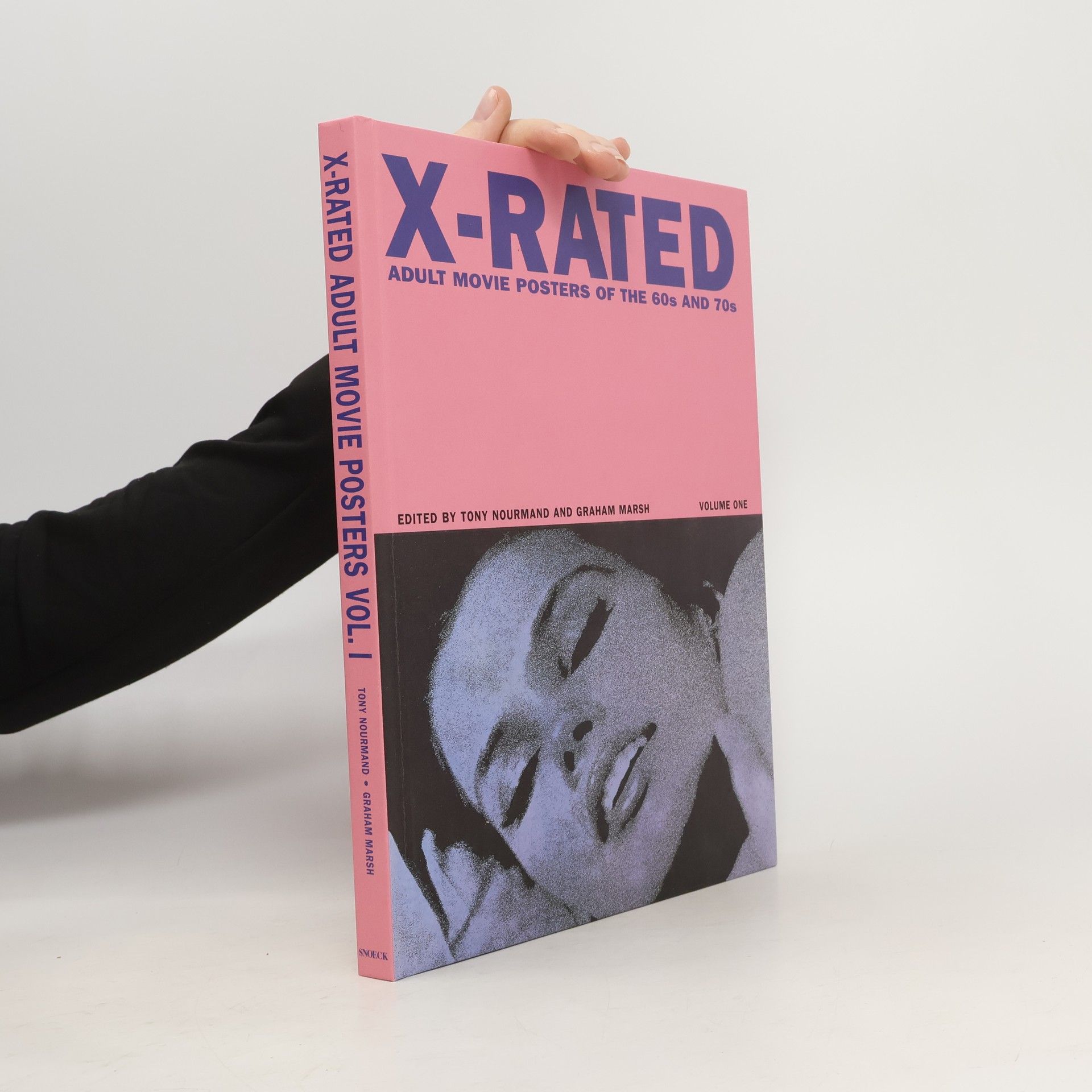Audrey Hepburn
- 168 pages
- 6 hours of reading
Audrey Hepburn's legendary style and grace, first seen by the public in her 1953 debut, Roman Holiday, redefined perceived notions of Hollywood glamour and ushered in an age of sophistication and elegance. Her legacy on screen and in fashion is undisputed and her image has become as synonymous with her fame as her films. Audrey Hepburn: The Paramount Years collects for the first time those memorable billboard images which established Hepburn's iconic status. Featuring the golden period of her film career, this sumptuous book includes never-before-seen poster artwork for Roman Holiday, Sabrina, Funny Face and Breakfast At Tiffany's along with magazine covers from the period, lobby cards, Givenchy's stunning original costume sketches and rare behind-the-scenes stills from Audrey Hepburn's Paramount films. With a foreword written by Sir Christopher Frayling, Chair of Arts Council England and Rector of the Royal College of Art, this book shows, film by film, how Hepburn's classic image was created through a combination of exquisitely designed costume, beautiful photography and illustration and an elegance that has stood the test of time.

